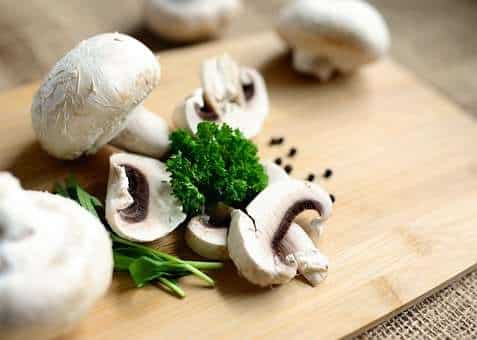Advantages of Growing Mushrooms in a Greenhouse
Advantages of Growing Mushrooms in a Greenhouse.Mushrooms are an incredibly nutritious and tasty food, packed with essential nutrients for optimal health. Additionally, they help regulate insulin levels in the body.
Mushroom cultivation requires specific conditions, from spawn to growth media. Utilizing the greenhouse allows you to create ideal growing conditions without needing excessive space or energy expenditures.
Temperature Control
Growing mushrooms in a greenhouse offers several advantages. One of them is being able to maintain consistent temperatures.
Fungi are distinct from plants in that they lack chlorophyll, the green pigment responsible for getting energy from sunlight. Mushrooms on the other hand do not require exposure to light in order to grow.
Therefore, having a shaded area in your greenhouse when growing mushrooms is essential. This will protect the crop from direct sunlight damage.
For optimal mushroom cultivation, the greenhouse should be kept at a cool temperature to absorb nutrients from their substrate. Straw is often used as this material but you could also use coffee grounds, cotton flakes, sugarcane residue, sawdust or any other agricultural byproduct as a suitable substrate.
One advantage to growing mushrooms indoors is their year-round availability. This is particularly true for white button or champignon mushrooms, an edible favorite that can be enjoyed in salads and other dishes.
Humidity Control
Mushrooms can be successfully grown indoors with the right substrate, ideal temperature and humidity levels, oxygen, and some light. To create these ideal conditions, you will need a greenhouse environment.
Mushrooms require precise cultivation parameters to replicate their natural growth conditions as closely as possible. This means that every step from compost preparation to mushroom bed incubation and harvest requires exact control over humidity, temperature, and CO2 concentration.
Maintaining ideal conditions requires using a hygrometer to monitor the environment. Doing this allows you to detect potential problems before they become major issues.
Light Control
Mushrooms lack chlorophyll, meaning they do not obtain their nutrients and strength from sunlight like most plants do. Therefore, to maximize mushroom growth, make sure the area you are cultivating them in is as dark as possible.
Though you should not worry too much if the greenhouse isn’t completely dark, a small amount of light won’t harm mushrooms. However, direct sunlight should be avoided as this can cause brown caps and hinder their growth.
To grow mushrooms indoors, you will need mushroom spores and a growing medium that encourages mycelium (mold growth). The medium should be moistened but well-drained; additionally, water it twice daily for best results.
Pest Control
Growing mushrooms in a greenhouse offers the added advantage of using natural enemies to control pests. Aphids, fungus gnat and thrips larvae as well as immature whiteflies can all be controlled by beneficial predators such as ladybird beetles, lacewings and flower flies released into your greenhouse environment.
Biological control should be combined with cultural controls and sanitation practices. Start planning your program six to a year ahead, working closely with suppliers on release rates and timing.
Starting your greenhouse production off right requires inspecting stock plants, cuttings, and plugs before they arrive. Use a 10-20x hand lens or hands-free magnifier (Optivisor(tm)) to identify pests, their life stages, and locations of infestation.
When conducting a scout, prioritize monitoring areas with the least infestation first and those with the greatest devastation last. This helps you monitor population trends and evaluate whether initial control measures were successful.

